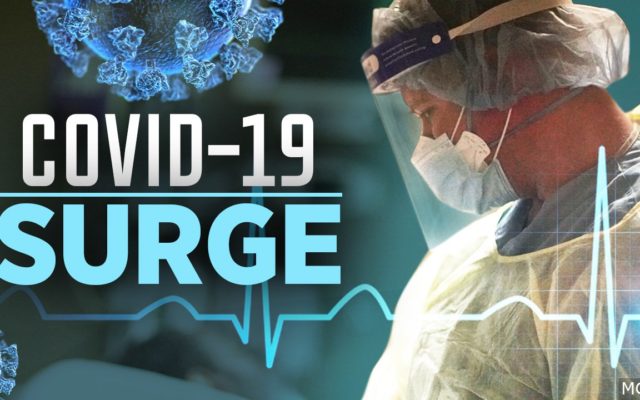
For nation’s health-care workers, safeguarding patients is a never-ending effort
By Jane Jones
Here’s one of the great truths of the medical field: Providing safe health care can best be achieved when patients are a key part of the team, taking an active role in their own care.
And yet, when a patient visits any health-care facility or hospital, a significant burden falls on that facility and its employees. They must provide medical services in the safest, most effective manner possible.
Through persistent communication among employees – through personal conversation and via internal newsletters and other written materials – staff in hospitals nationwide are reminded to look closely at the safety procedures they practice every day.
Their goal is always to help patients deal with the challenges that brought them to the hospital and stay healthy once they’ve left.
The National Patient Safety Foundation is leading a campaign to educate the public and raise awareness about this issue, designating March 2-9 as Patient Safety Awareness Week. We know health-care workers nationwide are glad to be part of such an effort. More information on this event may be found at www.npsf.org.
In a larger sense, however, health-care workers focus on patient safety every week – in fact, every minute of every hour. That’s a matter of unwavering dedication.
Through internal communications, hospital staff members continually educate themselves about the patient-safety “best practices” medical protocols, recently delineated in a report by the Agency for Healthcare Research and Quality.
For example, patients admitted to hospitals following these protocols are assessed for the risk of deep-vein thrombosis. Based on the patient’s risk level, a physician will order the appropriate intervention to prevent the development.
Such efforts must be persistent because one never knows when that most-at-risk patient might come in the door. It’s why many hospitals also participate in patient-safety and quality initiatives conducted through the National Health Safety Network.
Some Michigan hospitals also have worked hard to conform to a demanding quality-management standard that includes patient safety among its criteria.
That standard, called ISO 9001-2008, is set by the International Organization for Standardization and assures patients of the hospitals’ compliance with the Medicare Conditions of Participation. It’s the same certification businesses in the private sector strive to achieve, as it is an internationally recognized indicator of consistent and sustainable quality.
Health-care employees have worked together for a decade to improve healthcare safety and quality – and reduce costs – through the Michigan Health & Hospital Association Keystone Center. Its goal is to identify and implement evidence-based best practices that can be put into practice in all communities. Information about the center may be found at www.mhakeystonecenter.org.
In addition, the national Centers for Disease Control and Prevention operates a reporting system called the National Health Safety Network. Health-care facilities nationwide use this tool to organize, track and report infections associated with health-care facilities.
Compiling such data makes it easier to identify problem areas, measure the progress of prevention efforts and curb similar infections.
To that end, staff members take their own health personally. Most health-care workers across the country also are vaccinated against the most common annual flu strains and are trained in personal hygienic care that prevents the spread of illness.
Hospital workers have taken such measures seriously for years – and always will. It’s a vow we’ve made as health-care practitioners, because it’s our persistent goal to provide the safest possible care to our patients.
Jane Jones is executive director of organizational excellence at Oaklawn Hospital in Marshall. She may be contacted at (269) 789-7946.

